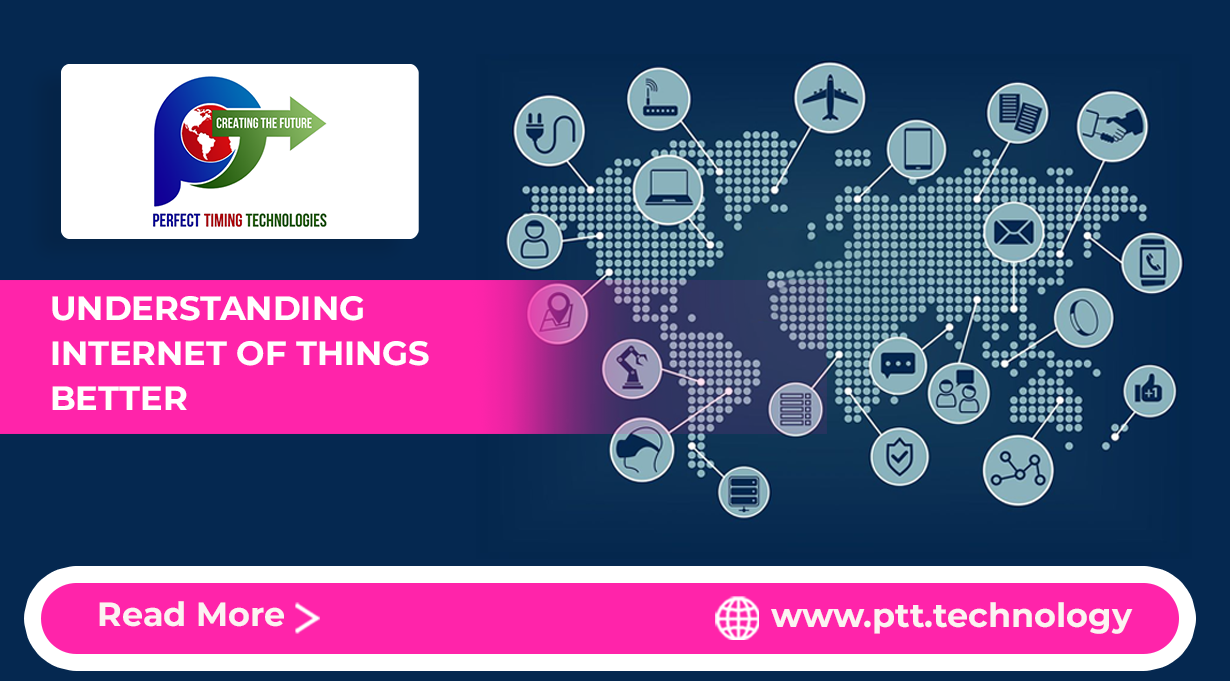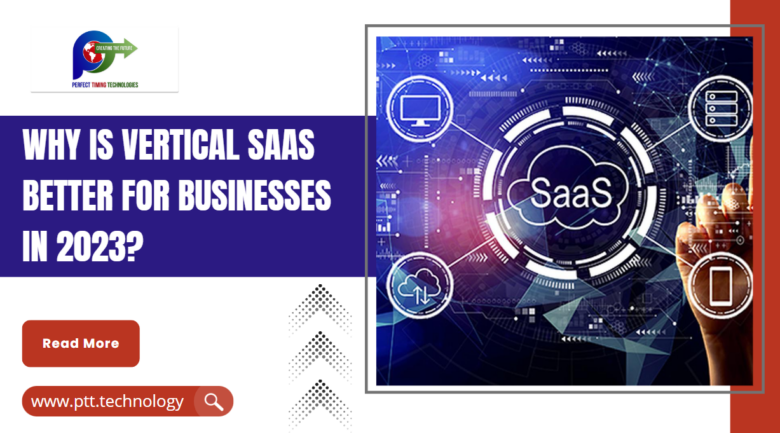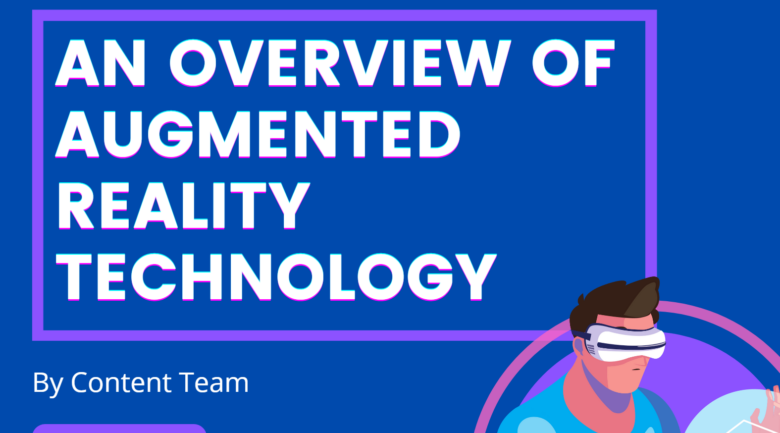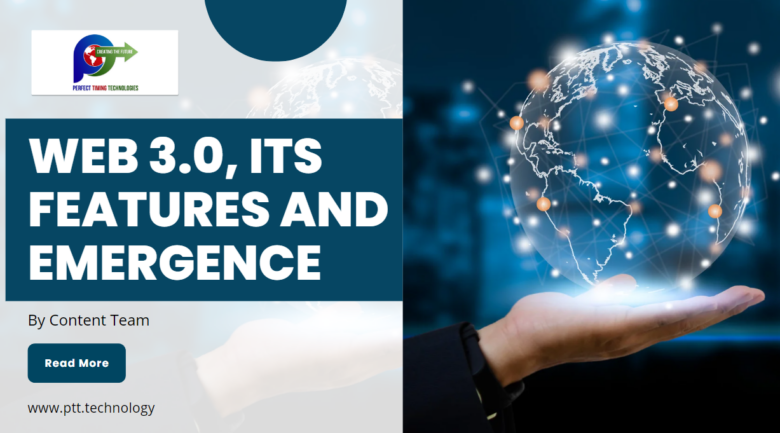
So many new technologies are emerging in the modern world. Artificial intelligence, Machine learning, and the Internet of Things are the latest additions. This article will dive deeper into the concept of the Internet of Things.
The Internet of Things or IoT refers to a network of physical objects or “things” embedded with sensors, software, and connectivity, enabling them to collect and exchange data over the Internet. These objects can be everyday devices such as appliances, vehicles, wearable devices, industrial machinery, or even infrastructure like buildings and cities.
The key concept behind IoT is the ability of these objects to connect and communicate with each other and the Internet, allowing them to share data, perform actions, and make intelligent decisions. IoT devices typically consist of sensors to gather data from their surroundings, processors or microcontrollers to process the data, and network connectivity to transmit the data to other devices or centralized systems.
Once connected, IoT devices can perform various functions such as monitoring and controlling physical processes, collecting and analyzing data, automating tasks, and enabling remote access and control. The data collected by IoT devices give real-time insights, predictive analytics, and optimization of systems and processes.
The Potential of Internet of Things
The scope of IoT is vast and continues to expand rapidly, revolutionizing various industries and sectors.
IoT has the potential to revolutionize numerous industries and sectors, including home automation, healthcare, manufacturing, agriculture, transportation, energy management, and more. It offers benefits such as improved efficiency, cost savings, enhanced safety and security, increased productivity, and better decision-making based on real-time data.
Below we will discuss the key areas where IoT has significant potential:
- Smart Homes: IoT enables the automation and control of home appliances, security systems, lighting, and HVAC (heating, ventilation, and air conditioning) systems. It enhances convenience, energy efficiency, and home security.
- Industrial Internet of Things (IIoT): IoT has transformed industries by connecting devices, machinery, and equipment in manufacturing, agriculture, logistics, and other sectors. IIoT enables real-time monitoring, predictive maintenance, supply chain optimization, and process automation.
- Healthcare sector: IoT is revolutionizing healthcare with wearable fitness trackers, remote patient monitoring systems, and advanced medical devices. It enhances patient care, enables early disease detection, improves treatment outcomes, and facilitates telemedicine.
- Smart Cities: IoT plays a crucial role in building modern cities by integrating various systems such as transportation, energy, waste management, and public safety. It enables efficient resource utilization, traffic management, environmental monitoring, and enhanced citizen services.
- Agricultural sector: The Internet of Things has enabled precision farming techniques in agriculture. Sensors, drones, and IoT platforms provide real-time data on soil moisture, temperature, and crop health, helping farmers optimize irrigation, fertilization, and pest control for improved crop yields.
- Transportation and Logistics: In the transportation industry, IoT has introduced connected vehicles, automated traffic management systems, and fleet management solutions. It improves safety, reduces congestion, enhances fuel efficiency, and enables real-time tracking of shipments.
- Energy Management: IoT has enabled automated grid systems for efficient energy generation, distribution, and consumption. It helps in real-time monitoring, load balancing, and demand response, leading to energy conservation and cost savings.
- Retail Sector: The Internet of Things enhanced the retail industry with modern shelves, inventory management systems, and personalized shopping experiences. It enables real-time inventory tracking, targeted marketing, and improved customer engagement.
- Environmental Monitoring: IoT devices and sensors monitor and manage parameters such as air quality, water quality, and weather conditions. This data helps in the early detection of environmental risks and enables effective conservation measures.
- Smart Wearables: The Internet of Things technology has given popularity to wearable devices like smartwatches, fitness bands, and healthcare trackers. These devices collect and analyze personal health data, encouraging healthy lifestyles and personalized healthcare.
Conclusion
The scope of Internet of Things technology is rapidly expanding, and new applications and innovations develop regularly. As technology advances and connectivity improves, the possibilities for IoT are likely to grow further, impacting various aspects of our lives.







